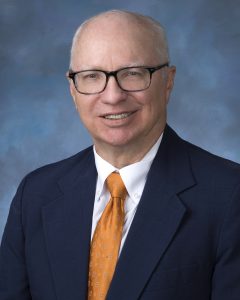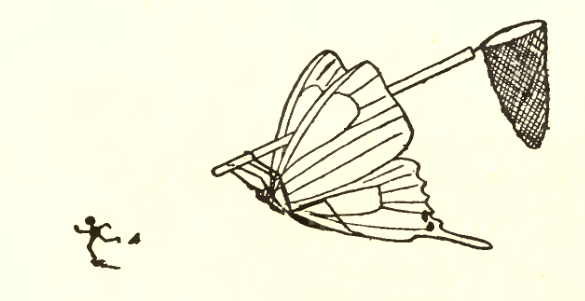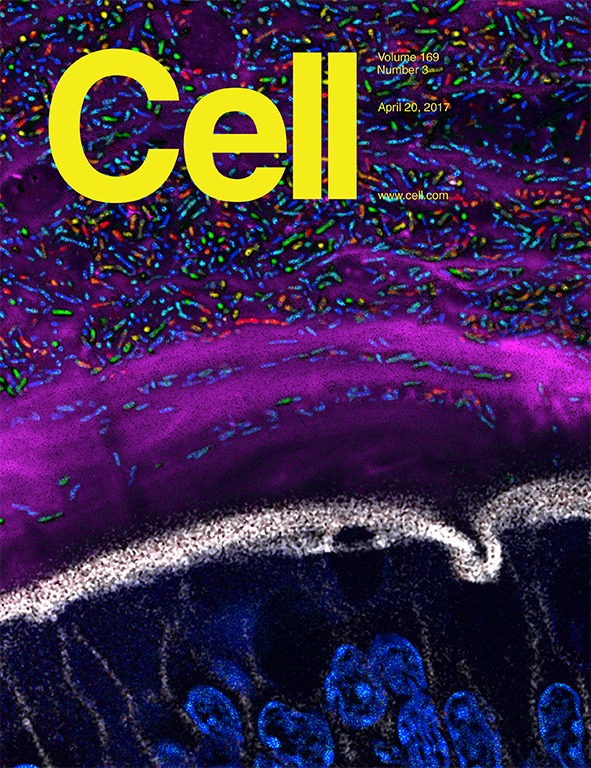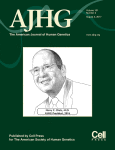A journal has finally issued a correction following a seven-year-old exchange on PubPeer in which the authors promised to fix issues “as soon as possible.” But after following up with the authors and the journal, it’s still not clear where the delay occurred.
Neuron published the paper, “Common DISC1 Polymorphisms Disrupt Wnt/GSK3β Signaling and Brain Development,” in 2011. It has been cited 101 times, 28 of which came after concerns were first raised, according to Clarivate’s Web of Science.
It first appeared on PubPeer in April 2018, when commenter Epipactis voethii first pointed out figures 2 and 3 of the paper had potential image duplication.
Continue reading Correction finally issued seven years after authors promise fix ‘as soon as possible’





 After being “blindsided” a few months ago when she was told one of her 2005 papers was going to be retracted, a researcher scrambled to get information about why. And when she didn’t like the answers, she took to PubPeer.
After being “blindsided” a few months ago when she was told one of her 2005 papers was going to be retracted, a researcher scrambled to get information about why. And when she didn’t like the answers, she took to PubPeer.

 The father of a boy with a rare genetic mutation has accused a scientist of exploiting his child by proclaiming the defect a “genetic syndrome” and naming it after herself.
The father of a boy with a rare genetic mutation has accused a scientist of exploiting his child by proclaiming the defect a “genetic syndrome” and naming it after herself.